As electric vehicle fever hits more and more Americans, shoppers are shelling out five-figure dealer markups over MSRP to take home the newest and “best” electric vehicles. We’ve seen $30K markups on RAV4 Primes. EV shoppers are also suffering through untold troubles to take home their new beauty. Social media is filled with frustrated early adopters' posts who ordered their exact color, trim, and package combination six months ago only to find that the vehicle that arrives at the dealer is not what they chose. Chevy Bolt EUV owners are discovering that two of the model’s top features, Super Cruise and its multi-function mobile charger, are not being delivered due to semiconductor chip shortages. All of these frustrations pale in comparison to the hassles of charging to the uninitiated.
Related Story: Charging an Electric Vehicle In Public Can Cost Triple What Fueling Up a “Gas-Guzzler” Does
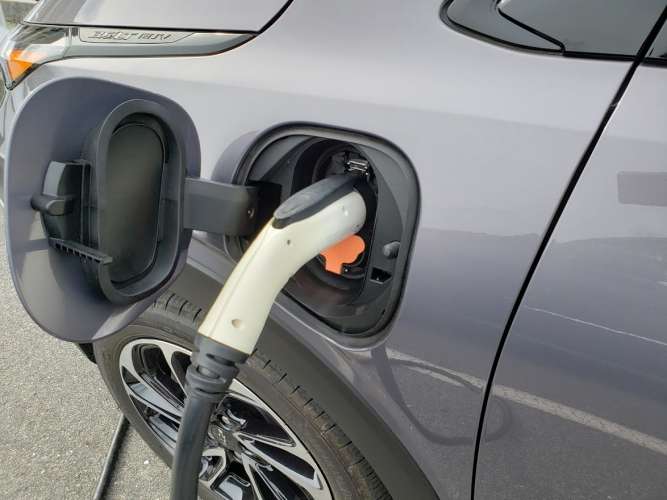
What Is the “Charging” Equipment Called?
Before we go too far, we should give some things some names so we know what we are talking about. That would seem easy, but it is not when it comes to EVs. The things that you plug into the car are called by the thingy manufacturers, and most of the folks who own or advocate for EVs, a “charger.” Oh, but call an EV charger a charger on some EV chat rooms or groups and you will get a verbal wrist slap. It's not a "charger" but an EVSE (electric vehicle supply equipment). Of course, the folks that make chargers, like Charge Point, don’t call them EVSEs, they call them chargers. If we can’t even agree on what the thingies are called, how can help one another know what to do with them?
Related Story: Here Is Your Electric Vehicle Home Charger Checklist
What Voltage?
What shall we call the voltage we are provided with in our home? 220, 230, or 240 volts? Which is the right nomenclature? Nobody can agree. The power in your home is not called anything consistently by anyone. Not electricians (we asked some). Certainly, not the folks who write about electric cars (we asked them). Not even power company employees can agree (we asked some). Officially, it doesn’t matter. The voltage rating in your home is nominal anyway. If you pull out a voltmeter and measure the voltage being provided to your location it will not be the same as your neighbor’s house in the next town. Or maybe even in the same town. It is a nominal voltage with a variance that matters not one whit for actual usage as long as it falls within a certain range. Choose your favorite number and expect to be corrected by fellow EV owners.

What Receptacle and What Plug?
Now we are getting to the good part. Many EV owners who just paid $60K for a new EV plus another $375 to have its factory clear coat protected by another clear coat applied by Jethro at the local detail shop are trying their darndest not to install a proper electric vehicle charging setup (or EVSE setup if you’re in that camp).
Rather, they want to use a dryer hookup from 1962. Let’s forget that doing so means wet clothes or plugging and unplugging a high amperage line once or twice per day. “Can I use my old dryer connection to power an EV” yields 5,710,000 search results on Google. That’s more than the number of EVs sold in the modern age in America.
Then there are the campers. They desperately want to connect to an RV hookup. Of course, there isn’t just one RV hookup, so endless chats develop about the possibilities. One guy always shows off the homemade kit he welded up that has been “working great so far!”
Other crazy EV drivers (like me) have an existing 240 (or 220 or 230) receptacle on a small 20 amp circuit that supplies maybe 16 amps in actual use. We use them to power up our EVs (slowly) rather than install a proper line with more amps “because it was there.” This leads us directly to our next topic.

How Many Amps Do I Need?
Having a home EV charging setup (or EVSE setup if you’re in that camp) is critical to happy EV ownership. Of course, the dude living in a rented apartment downtown will now comment that’s not true. He’s happy moving his car in and out of the single public charging station within walking distance every day. For the majority of EV owners though, being able to charge at home is a big plus.
But where to begin? Your owner’s manual and a competent electrician are all you need, but who wants to seek the answer where it actually is? Try social media. Enjoy the endless debate about how many amps you need in your garage, and go ahead and ask what you can expect to pay, despite the fact that everyone’s home is setup is different and electrician rates vary from place to place. Most importantly, don’t select your charger (EVSE) before asking, that makes the answer possible.
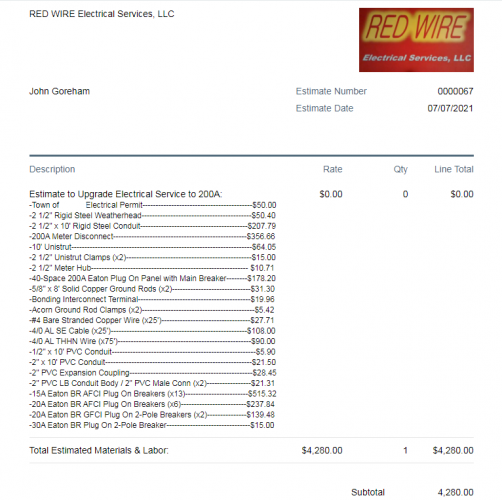
Once you do choose a big honking charger (or EVSE if you're in that camp) don't be surprised if your home's electrical panel can't accommodate it. If you live in a home built before the internet best to budget around $5K just for the panel upgrade.
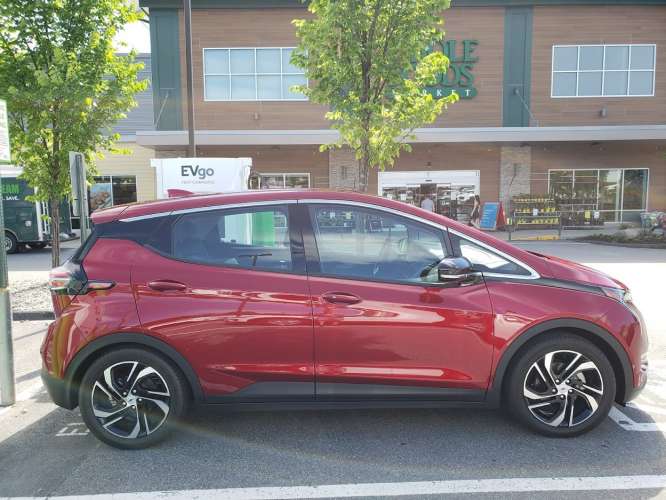
What Is a Public Charger and Who Are They There For?
Public EV charging is trying to emulate how we fuel liquid-powered cars and failing. That’s a moot point though, since home charging is critical to happy ownership (see above). Still, we should ask, “What is a public EV charger?” Is one of those Tesla Superchargers a public EV charge point? Not unless you own a Tesla, so, “no.”
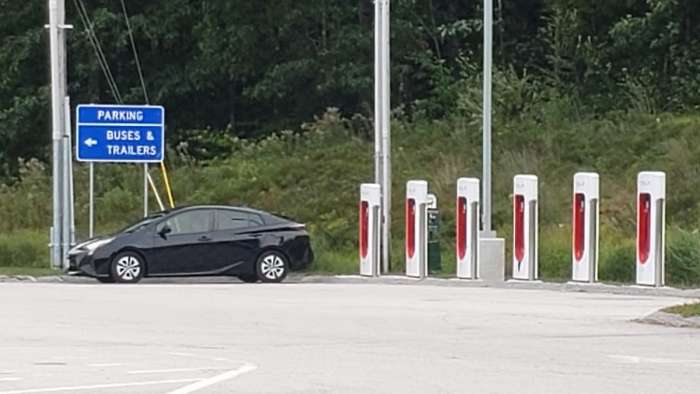
What about a Tesla destination charger at a hotel? The answer to that one is “Sort of.” It won’t connect to your EV unless you own a Tesla or had Jethro create an adapter for you, so we are leaning toward, “no.”
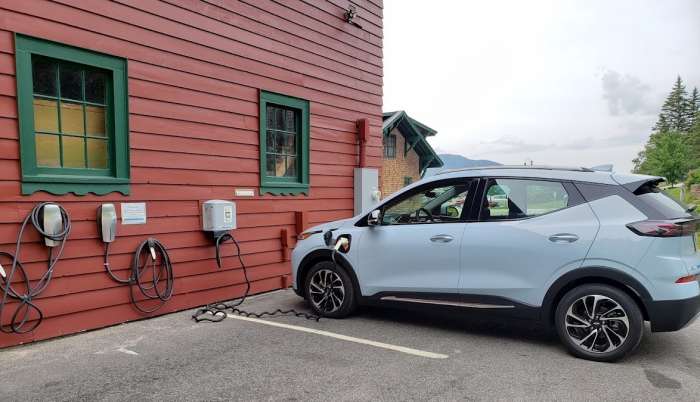
There are DC fast chargers popping up. Are they for everyone to use? The answer is “sort of.” They will work for you if you own a certain EV that can accommodate DC fast charging, but many popular older models and some new models like the RAV4 Prime plug-in hybrid-electric vehicle cannot connect.
And who are public chargers for? Did the ski resort install chargers near its entrance so local residents could come and park there all day charging? Doubtful. How about the downtown Whole Foods? Is the idea that the guy in that local apartment will drive over every day and park there? Doubtful. So who are public chargers really intended to serve?
Related Story: Big Mistakes To Avoid When Charging an EV In Public
Why Can’t I Charge My Car On This Public Charger?
Pull into an empty public charger location and you will be confronted with four possible EV charger handles (or EVSE handles if you’re in that camp) from which to choose. You might find a DC Fast charger that offers three choices. One is the common one, the second the older one almost no automaker uses anymore, the third one is just for the Tesla folks (who can also use an adapter for the popular one). The fourth is the lower-speed, Level 2, “universal except for Tesla charger” handle called a J1772. Some folks call that a J plug. What they don’t call it is a “charging handle.” That’s for two good reasons. First, it doesn’t work as a charger in all situations, and second, it may technically be part of the EVSE, and not be a charger handle at all.
If you recently took the plunge, feel free to offer your experiences charging your new vehicle.
John Goreham is a long-time New England Motor Press Association member and recovering engineer. John's interest in EVs goes back to 1990 when he designed the thermal control system for an EV battery as part of an academic team. After earning his mechanical engineering degree, John completed a marketing program at Northeastern University and worked with automotive component manufacturers, in the semiconductor industry, and in biotech. In addition to Torque News, John's work has appeared in print in dozens of American news outlets and he provides reviews to many vehicle shopping sites. You can follow John on TikTok @ToknCars, on Twitter, and view his credentials at Linkedin









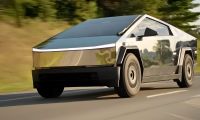
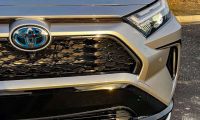


Comments
Public EV charging is mostly
Permalink
Public EV charging is mostly limited by charge rate, plug connector, availability and cost. But you are right in outlining EV charger research. Because (as with most things automotive) there is always someone trying to shortcut every process.Often unsafely. When I had my EVSE installed by an electrician 8 years ago, it was not a difficult task. The EVSE cost me $500 and the electrician also charged $500 to wire up the EVSE and install a new 20 Amp circuit breaker. But my EVs owned so far have been plug in hybrids, which were limited to 3.3kW, and the car's internal charger defaulted to 8 Amps, but you could override to 12Amps. Later Volts could do 6.6kW, and I believe that the Bolt can charge using 24 Amps or 32Amps at home, and/or using a Level 2 public charging station with 7.68kW, which adds about 25 miles of range per hour. So at home a 40Amp circuit should be fine for most modern BEVs. Personally, I would still have a professional electrician make sure that everything was set up and installed properly within tolerances, and tested under load. Having an EVSE installed, or a hot water heater, or solar panels shouldn't be a problem as long as you hire professionals.
Thanks, Dean. Great advice.
Permalink
In reply to Public EV charging is mostly by DeanMcManis (not verified)
Thanks, Dean. Great advice. Hiring a pro is the best first step.
I have a new RAV4 Prime on
Permalink
I have a new RAV4 Prime on order. And I'm having a qualified electrician run #6 3w with ground to a NEMA 14-50 outlet (within a waterproof box) and powered by a 50amp breaker. All this is great, however there is so little after sale information out there (including from sales people). I've been under the impression that I could plug my RAV directly to the outlet. Now I've been told that I need a Level 2 charger as well, even though I had the 6.6 onboard charger in my RAV. Even the electrician didn't know. That's a gang of aftermarket costs. I'll be glad when the sales and service departments know their product.
Congratulations! The
Permalink
In reply to I have a new RAV4 Prime on by Mike White (not verified)
Congratulations! The improvements to your property will result in added equity. So the money spent to add an EV charging outlet is simply being moved from savings to home value. Yes, you can charge a RAV4 Prime by plugging it into an outlet using its included mobile charger, but it is designed to use a 115 V outlet (slower). Your needs now are for a charger, sometimes called an EVSE, that will work between the vehicle and outlet. They start at about $350 online. Fancier ones cost more. We have been working hard here to inform EV shoppers with our stories and will keep up that work. You are going to love the RAV4 Prime! One of this vehicle tester's overall favorites.